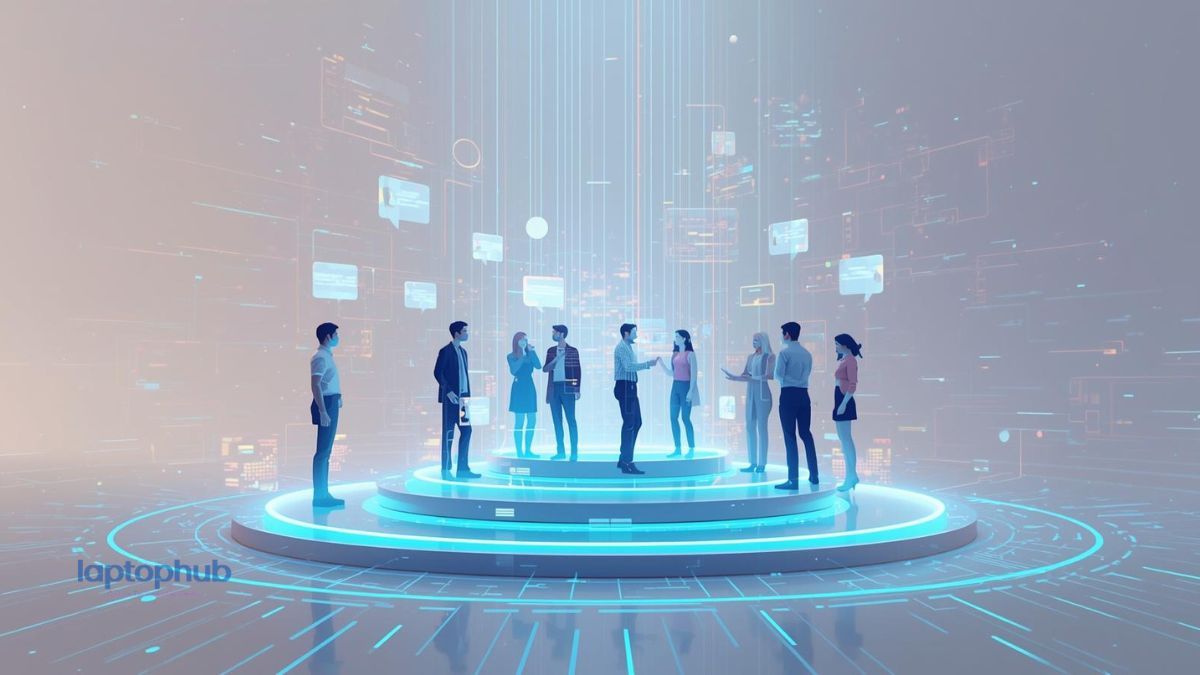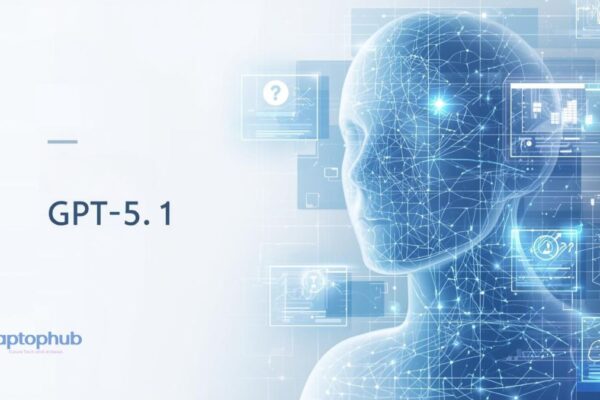OpenAI has officially launched group chats in ChatGPT globally, enabling up to 20 people (across Free, Go, Plus, and Pro plans) to collaborate in a shared conversation with the AI. The feature runs on GPT-5.1 Auto and keeps personal memory separate, while giving users control over when ChatGPT participates.
OpenAI is giving ChatGPT a social upgrade: group chat. After piloting the feature in Japan, New Zealand, South Korea, and Taiwan, the company is now rolling it out worldwide for all logged-in users across its Free, Go, Plus, and Pro tiers.
Here’s how it works:
- Anyone in a group can invite others by tapping the “people” icon or sending a shareable link. When a new member joins, ChatGPT creates a copy of the original conversation, so your private chats stay separate.
- Each person sets up a short profile (name, username, photo), and the group appears under its own tab in the sidebar.
- ChatGPT stays mostly in the background, chiming in only when tagged or when conversation context calls for it.
- It can react with emoji, reference profile pictures, and generate personalized images for the group.
- The feature runs on GPT-5.1 Auto, which dynamically picks the best model for each prompt.
- Importantly, group chat data doesn’t feed into your personal ChatGPT memory, and ChatGPT doesn’t create new memory from these shared conversations.
- If there’s anyone under 18 in the chat, content filters tighten for everyone, and parents can disable group chats via parental controls.
OpenAI frames this as a step toward making ChatGPT not just a private assistant, but a collaborative space for planning, creating, and decision-making together.
Why It Matters
Social AI Shift: This move signals OpenAI’s ambition to transform ChatGPT from a solo helper into a shared collaborator, directly challenging social platforms that integrate AI.
Enhanced Collaboration: With group chats, users can brainstorm, plan trips, draft documents, or debate ideas — all in real time with the help of AI.
Privacy by Design: OpenAI built these rooms with strong privacy safeguards — private chat memory remains separate, and no new memory is stored from group interactions.
Youth Safety: Additional content filters for minors and parental control options make the feature safer for underage users.
Model Efficiency: Using GPT-5.1 Auto allows for smarter, context-aware responses optimized for group dynamics.
What to Watch
Adoption & Use Cases: Will users actually adopt group chats for meaningful collaboration (e.g., work, study, planning), or will it become just another gimmick?
AI in Social Spaces: How will OpenAI leverage this feature further — could group chats be a gateway into a more social AI platform or feed-based experience?
Privacy Evolution: As more people use group chats, will OpenAI introduce finer-grained memory controls or options to opt into shared memory?
Content Moderation: Will the additional filters for minors be enough, and how will OpenAI handle potential misuse in large or public group chats?
Performance and Limits: How well will GPT-5.1 Auto scale when handling multi-user conversations? Are there rate limits or latency issues when ChatGPT is more active?





